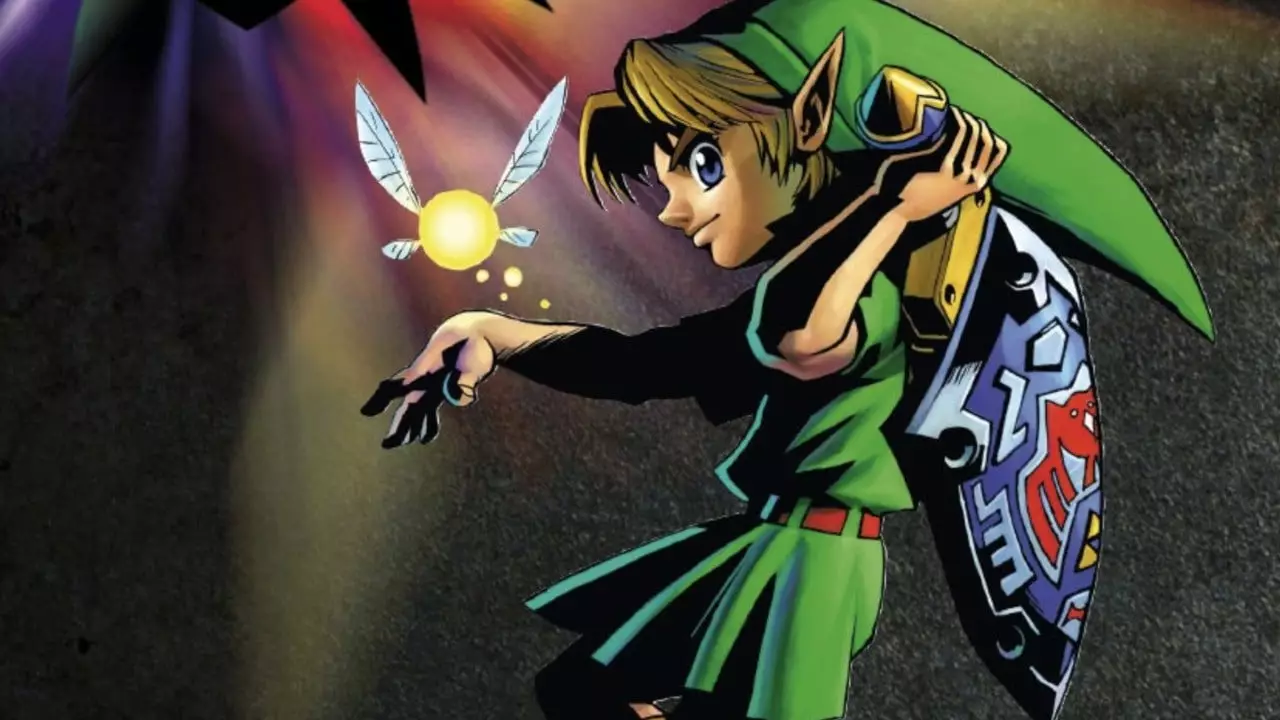The gaming community has always been fascinated by the hidden features and unexplored avenues within beloved titles. For Nintendo’s Nintendo 64, one of the intriguing peripherals introduced was the Voice Recognition Unit (VRU), which brought an unexpected layer of interaction to gamers. Despite its limited use in only a handful of titles, including the iconic “Hey You, Pikachu!”, rumors have circulated about its planned functionality in other classics, particularly The Legend of Zelda: Majora’s Mask. Recent discoveries by modern modders, including an analysis by ‘Skawo’, have sparked renewed interest in this almost forgotten feature.
Skawo’s exploration of the decompiled code of Majora’s Mask reveals a fascinating connection to the VRU. This discovery builds upon earlier findings by other modders, notably Zoinkity, who first documented the existence of voice command features in Majora’s Mask—showcasing the profound effects of collaborative efforts within the modding community. The unveiling of this voice recognition code illustrates how developers at Nintendo during the N64 era envisioned a future where voice commands could significantly enhance gameplay experiences.
The code reveals that upon booting, Majora’s Mask actively seeks out connected VRUs, raising questions about why this functionality remained dormant. Instead of a seamless integration of voice commands, the game’s code contains an intriguing limitation; it requires a specific condition—namely, the value at 0x801D8E3C to be set to 3—to enable voice interaction. In the final release, this value was never met, leaving players without the chance to unleash the potential of their voice within the game’s immersive world.
According to Skawo’s findings, the voice commands intended for use in Majora’s Mask were diverse and engaging. Players could have commanded their in-game actions via five distinct voice prompts, such as taking photos, ordering milk from cows, and even hastening Epona’s pace with a shout. The lost command, speculated to be “sit” for dogs, tantalizingly suggests a game world that could have felt even more alive, had these auditory interactions been fully realized.
The extent of these voice features poses intriguing questions about player immersion and interaction. Had these commands been live, they could have transformed the experience of navigating through the time-sensitive crises posed by the game’s narrative. For a title so heavily focused on trial, error, and time management, having a more hands-off, voice-activated control system may have provided a unique edge, making the game feel even more dynamic.
This exploration of Majora’s Mask leads to a contemporary reflection on the role of voice recognition in video games today. Modern titles feature voice commands as a staple part of gameplay mechanics, enabling innovative approaches to user interface design and player engagement. However, the potential encapsulated in earlier technology, as evidenced in Majora’s Mask, shows that even in its infancy, voice-driven interaction was a contemplative priority for developers.
As games continue to evolve, the blend of spoken commands with traditional joystick and button inputs presents an inviting opportunity for innovation. Expanding upon retro features could lead to cherished nostalgia while also broadening gameplay mechanics, paving the way for future titles to reach new heights of interactivity.
The Road Ahead: A Future With Voice Commands?
With renewed interest in voice recognition technology within gaming, one can’t help but ponder on whether titles in the modern era will resurrect and refine what was once abandoned. The nostalgia that envelops classic games like Majora’s Mask gives today’s developers a rich bedrock upon which to innovate. The ongoing advancements in artificial intelligence and voice recognition point to a future where the barriers between player and game dissolve even further, reminiscent of the path Nintendo laid out two decades ago.
The untapped voice command features in Majora’s Mask highlight the missed potential in retro games and beckon today’s developers to consider how auditory interaction can expand game design. As we reminisce about the past, let’s embrace the continuing evolution of voice technology and its capacity to bring games to unprecedented levels of engagement.

